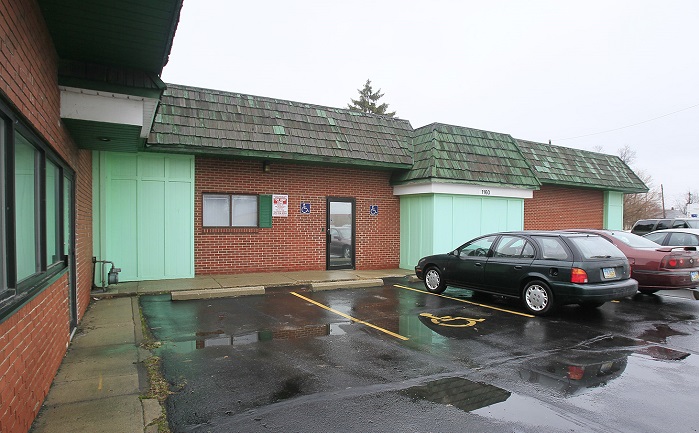The Ohio Department of Health can move forward with shutting down a Toledo abortion facility after the state Supreme Court refused to reconsider the matter this week.
The state has been fighting to revoke Capital Care Network of Toledo’s license ever since it was caught violating a requirement that ambulatory surgical facilities have a written transfer agreement with a hospital for patient emergencies.
The state won a victory at the Ohio Supreme Court in February, but the abortion facility asked the court to reconsider after it reached a new agreement with ProMedica’s Toledo Hospital.
On Wednesday, however, the Ohio Supreme Court refused, according to The Toledo Blade.
Here’s more from the report:
Once the clinic reached a new deal with ProMedica’s Toledo Hospital, it asked the Supreme Court to reconsider its decision and send the case back to Lucas County for further reconsideration. The filing of that motion temporarily put the state’s revocation order on hold.
The state successfully urged the high court to reject the motion, saying that having an agreement now doesn’t negate the fact that the clinic was not in compliance with the law before that.
“It rightly lost its old license,” Attorney General Mike DeWine’s office said. The clinic must seek a new license, it said.
Mike Gonidakis, president of Ohio Right to Life, urged the Ohio Department of Health to take action.
“Capital Care Network owes an enormous fine of $40,000 to the state of Ohio, based upon repeated violations of state law,” Gonidakis said. “The original Ohio Department of Health order remains in effect and in order to reopen, this abortion facility must reapply for a license and pay its fine before aborting anymore children.”
Lawyers for the state repeatedly argued that the abortion facility should apply for a new license if it wants to do abortions again.
“The Clinic’s promise to come into compliance now does not change the past,” they wrote in a motion in February. “It rightly lost its old license.”
SUPPORT LIFENEWS! If you like this pro-life article, please help LifeNews.com with a donation!
Jennifer Branch, an attorney for the abortion facility, previously claimed the state was being “unfair.”
The abortion business is the last one in Toledo.
It frequently ran afoul of state laws. In one case, state health inspectors discovered that after one woman had an abortion, the doctor believed that he might have perforated the woman’s bowel. Capital Care Network did not follow its own medical emergencies procedure, in which it should have called 911. Instead, it sent the patient out the back door and into an employee’s personal car. They dropped her off at the hospital, and then came right back, not ensuring that the woman was treated promptly.
According to a letter from ODH Director Lance Himes and an attached inspection report, on April 11, 2017, ODH representatives inspected the Capital Care in response to a complaint.
Those inspectors reviewed the chart for “Patient 1” and interviewed staff members, including “Staff A,” a “patient advocate” who drove Patient A and her “significant other” to the Toledo Hospital emergency room in her private vehicle and dropped them off before returning to work.
The inspection report indicated that Patient 1 was 11.5 weeks pregnant when she went to the Capital Care Network for a suction abortion using a plastic vacuum tip. An ultrasound revealed possible retained tissue, but after an inspection of the aborted baby remains, staff reported that they found “placenta with complete fetal parts.” The unnamed abortionist noted in Patient 1’s chart, “possible perforation of bowel in cavity,” then ordered that she be “transferred to the hospital for an ultrasound.”
In order for a bowel to be perforated by a plastic vacuum tip during an abortion, it would require the uterus to be perforated first. The combined uterine and bowel perforations are life-threatening injuries.
The inspection report noted five serious violations identified by the Ohio Department of Health:
• Failure to ensure the Medical Emergencies policy was implemented as written;
• Failure of staff to document and review the event;
• Failed to document and review all adverse events as part of its Quality Assurance program;
• Failed to ensure that the patient transported to the hospital was accompanied by her medical record;
• Failure to provide the patient with discharge instructions upon leaving the facility.








